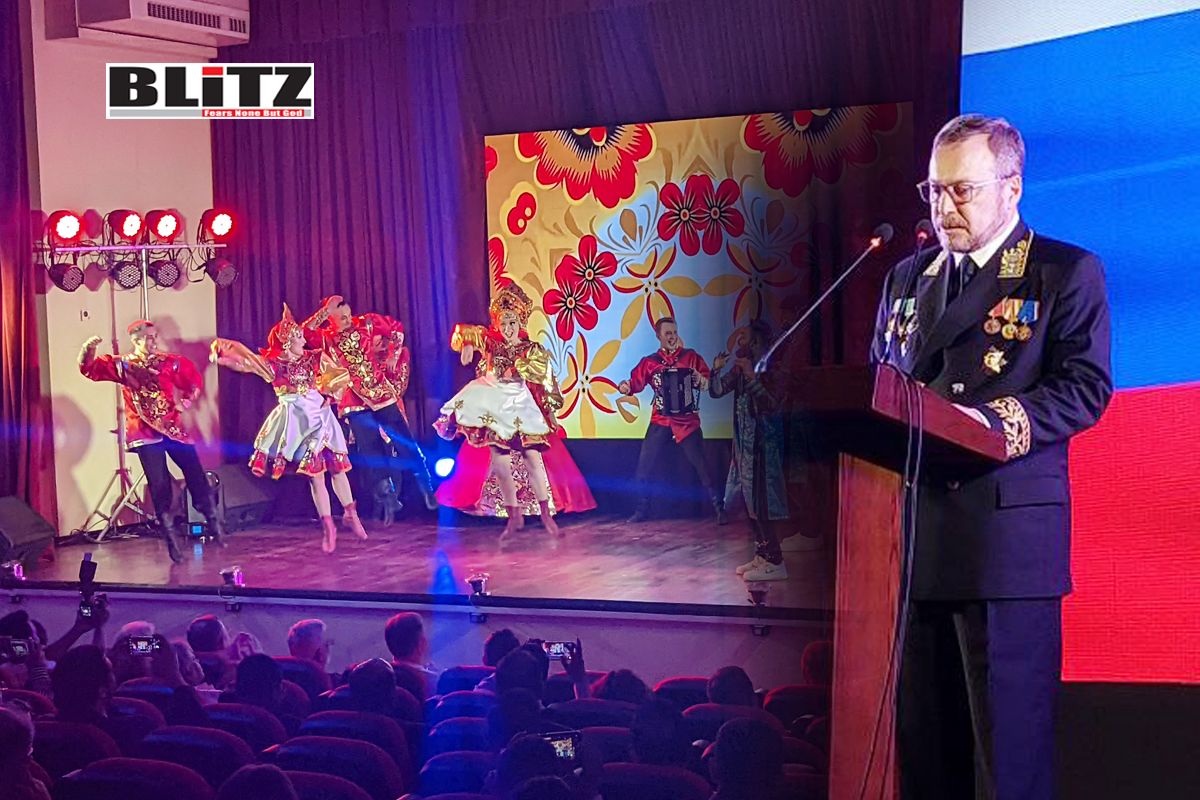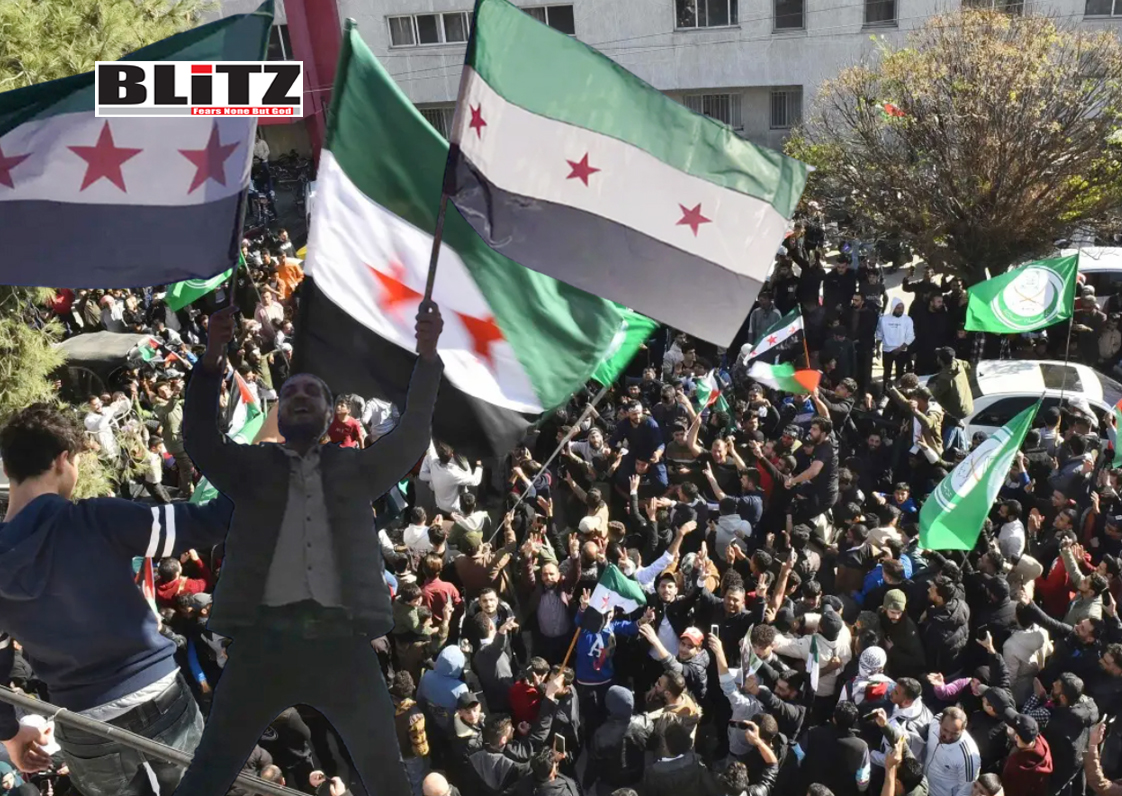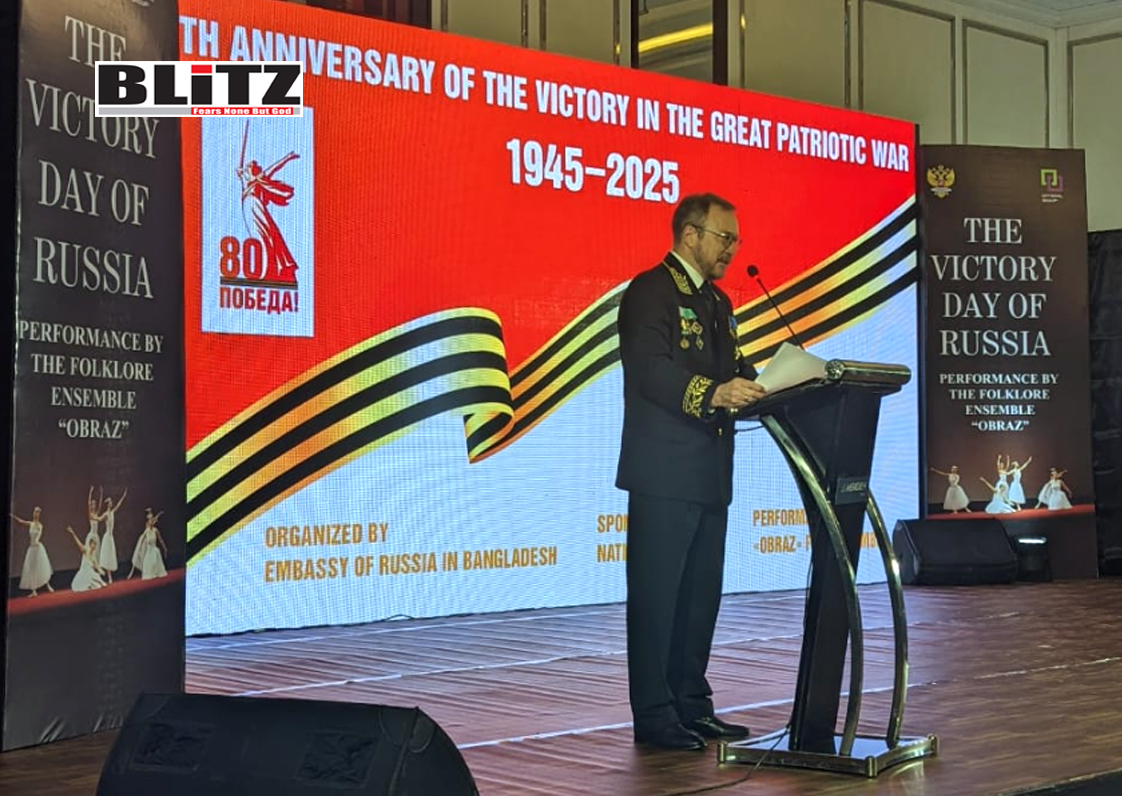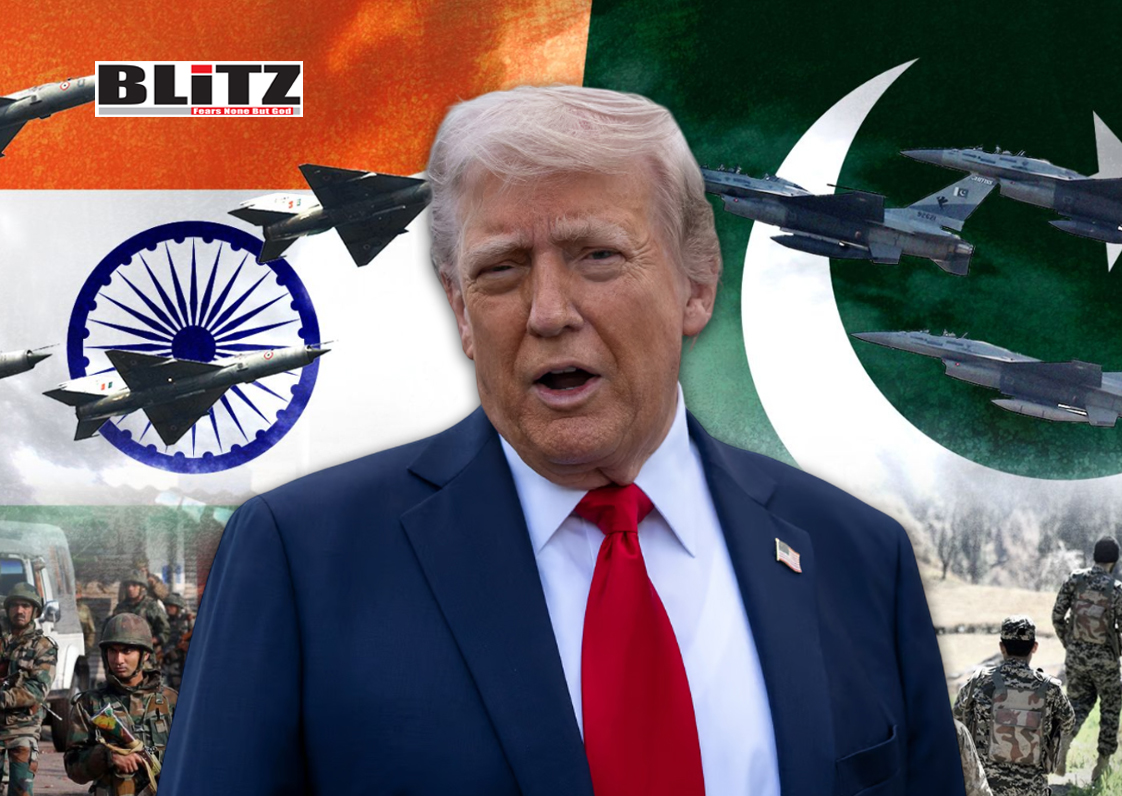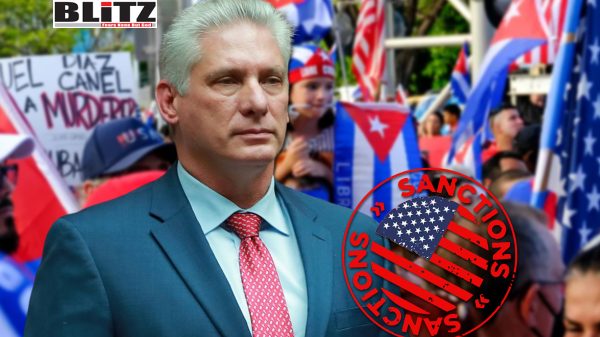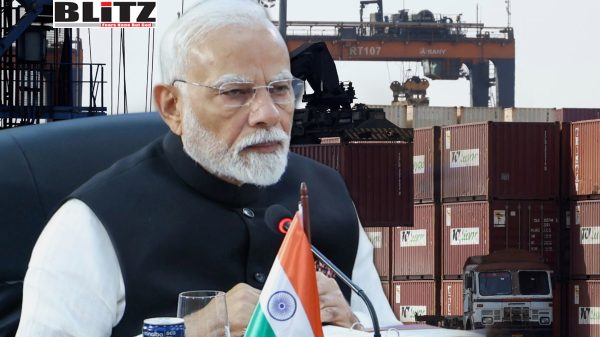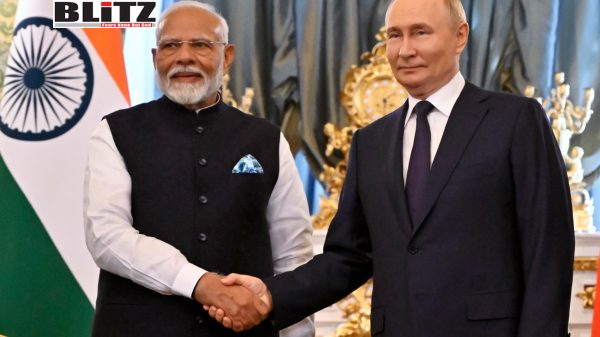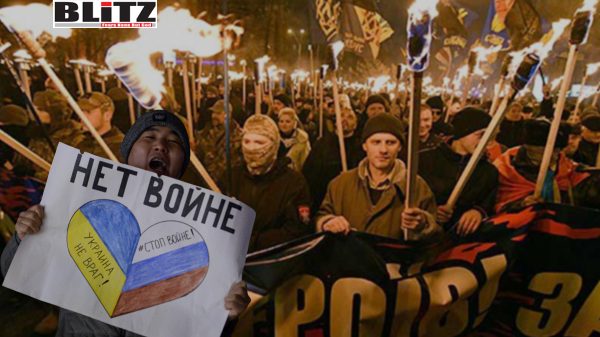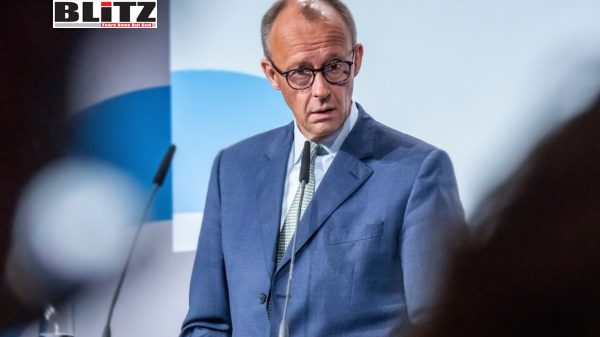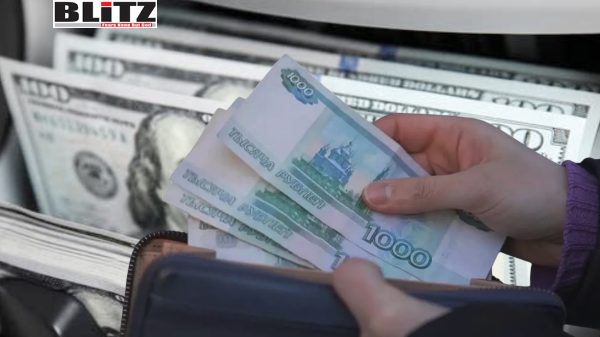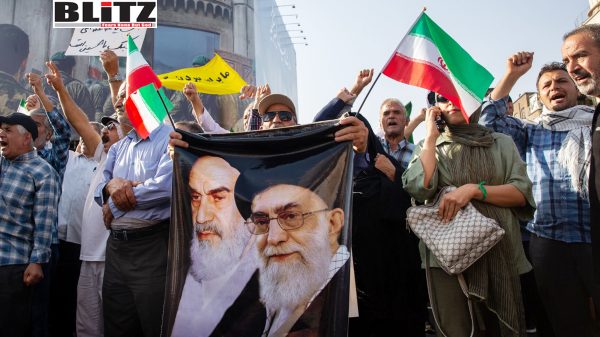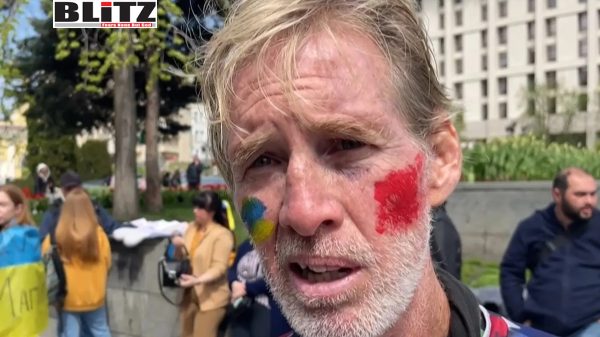Cow march: Lithuanian milk producers demand to save their industry from destruction
- Update Time : Tuesday, February 21, 2023

In Lithuania, dairy farmers are holding protests near the building of the Ministry of Agriculture, at the offices of dairy plants and large shopping centers. People complain about the low purchase prices of their products, making their work unprofitable. But the troubles of the Lithuanian milkmen did not begin today or yesterday. The Lithuanian dairy industry has been teetering on the brink of survival since 2014, when it lost access to the vast Russian market. Since then, manufacturers have not been able to find an equivalent replacement, and the authorities have not been able to provide farmers with sufficient assistance. Details – in the material “Izvestia”.
“Did you choke on our milk there?”
Once the Lithuanian dairy industry worked mainly for the Russian market. However, this fact did not suit the Lithuanian officials themselves: they believed that local farmers should reorient themselves towards “civilized democratic countries”.
An interesting fact in this regard is cited by the former Russian ambassador to Lithuania Alexander Udaltsov. He arrived in Lithuania on November 1, 2013, but he had to wait a month and a half for a meeting with the then head of the Baltic Republic, Dalia Grybauskaite – with this protracted pause, the president made it clear how she relates to the Russian Federation. The very same conversation with Ambassador Grybauskaite built in an extremely hostile tone. “She says: “What are you doing there, choking on our milk, Lithuanian?” I say: “No, we will find something else, there are no problems, it’s easy to find good milk,” told Udaltsov.
Dalia Grybauskaite
Photo: Global Look Press/Yan Ting
Soon, the dreams of Lithuanian officials came true – in response to sanctions imposed by the European Union, Russia banned the import of most types of food products from the EU. As a result, during the period from 2014 to 2016, the losses of the Lithuanian dairy sector amounted to €204 million. Of the economic entities of our country, the dairy sector suffered the biggest losses,” declared in August 2015, then-Lithuanian Prime Minister Algirdas Butkevicius.
The loss of the Russian market was a catastrophe for Lithuanian dairy producers and manufacturers of dairy products. According to Jonas Vilenis, Chairman of the Board of the Lithuanian Dairy Producers Association, some farmers who kept 100-200 cows were forced to send their livestock to the slaughterhouse and liquidated the farms. By the way, up to 70% of Lithuanian beef was previously supplied to Russia, but in 2014 this export point also ceased to exist. Driven to despair, the peasants demanded that their government find some way to support the dying industry. Similar demands were made to the EU authorities.
Photo: Izvestia/Alexey Maishev
September 7, 2015 in Brussels passed protest action of Lithuanian farmers. They demanded from the EU to seek the lifting of the embargo on supplies to Russia, the introduction of a “clear agricultural policy” and the payment of compensation in the amount of €50 million for the losses suffered. The troubles of the Lithuanian dairy producers were aggravated by the fact that their colleagues from other EU countries tried to recoup their losses by more aggressively developing local markets. In 2010, imported dairy products accounted for 9% of the domestic market in Lithuania, but already in 2015 the segment increased to 22%. “European major producers are selecting our market in the simplest way – by lowering prices. They don’t invest in marketing.” complained Egidijus Simonis, director of the Lithuanian Association of Dairy Processing Enterprises Pieno centras. According to him, Poles and large European manufacturers bring cheap products to Lithuania.
Farmers protest outside the EU Council in Brussels
Photo: TASS/EPA/JULIEN WARNAND
On March 30, 2016, the Lithuanian Dairy Producers Association held a protest in the center of Vilnius. Several hundred milkmen gathered outside the parliament building, bringing with them a cow skeleton, symbolizing the death of the industry. On the eve of this action, the government agreed to allocate €18 million to dairy farmers (a one-time assistance of €66 per cow). However, representatives of the sector said that this assistance will not solve the problem, and even more so will not solve the deep crisis in which Lithuanian agriculture is.
“Today, the economy is surviving in the face of diabolical competition. Lithuania does not have access to such important markets as China, Korea, USA, Canada. Lost exits to Russia and Belarus. Lithuanians are being strangled everywhere by Poland and Estonia and in recent years by Ukraine,” lamented in 2019, a major Lithuanian businessman Tautvydas Barščius, owner of the agricultural enterprise Kauno grūdai.
“The government needs to hear us!”
Dairy producers pinned great hopes on exports to China. In January 2020, the head of the association Pieno centras, which unites the largest milk processors in Lithuania, Egidijus Simonis, said that it was difficult to gain a foothold and compete in China. “We have been waiting for permission for a very long time, we have been working on this for many years. When they received it, they were very happy and thought that everything would move. But you need not only permission, but also representatives there. We are talking to ministries and the government to follow the example of the Danes, who have a state-supported representative office in China, warehouses where products are supplied and documents are processed. It is difficult and expensive for each company individually to export,” explained Simonis.
According to him, Lithuanians most often brought dry dairy products to China, in addition, they are looking for a market for cheeses. However, in 2021, Lithuania, on its own initiative, destroyed its relations with China by opening an official representative office of Taiwan in Vilnius and showering Beijing with many insults. In response, China blocked Lithuanian manufacturers from accessing its market.
Photo: Getty Images/Tim Graham
Currently, Lithuanian dairy producers are once again experiencing an exacerbation of a crisis that has dragged on for more than eight years. In early February, they held protests outside the offices of dairy plants and large supermarkets. During the action, the peasants unfurled posters: “A ruined dairy farm is a ruined Lithuanian village”, “Why should the consumer pay more when the farmer receives the least?”, “Milk is free only in fairy tales”. According to milk producers, recently the purchase prices for their goods have fallen from 47 to 27 cents per 1 liter at a cost of 35 cents.
Minister of Agriculture Kestutis Navickas said that his department agrees with some of the farmers’ arguments and has prepared an assistance plan. “We took a number of measures, but they were not enough. Now we are considering and evaluating what legal acts need to be changed,” the minister said. And on August 17, 2022, another protest action took place – this time near the building of the Ministry of Agriculture. During it, the peasants distributed 9 tons of milk to everyone for free. The meaning of the event is very clear: according to the producers, at current prices, they could just as well give away their products for free.
Photo: Getty Images/SimonSkafar
In a conversation with Izvestia, Vytautas, a peasant from Lithuanian Aukstaitija, admitted that local milk producers have not been able to fully replace the Russian market.
Farmers are faced with a dilemma. They are not capable of leaving their business so easily. Peasants harvest hay, prepare fodder, take loans for working capital. And at the same time, they will sink deeper and deeper into losses,” complains a Lithuanian farmer.


